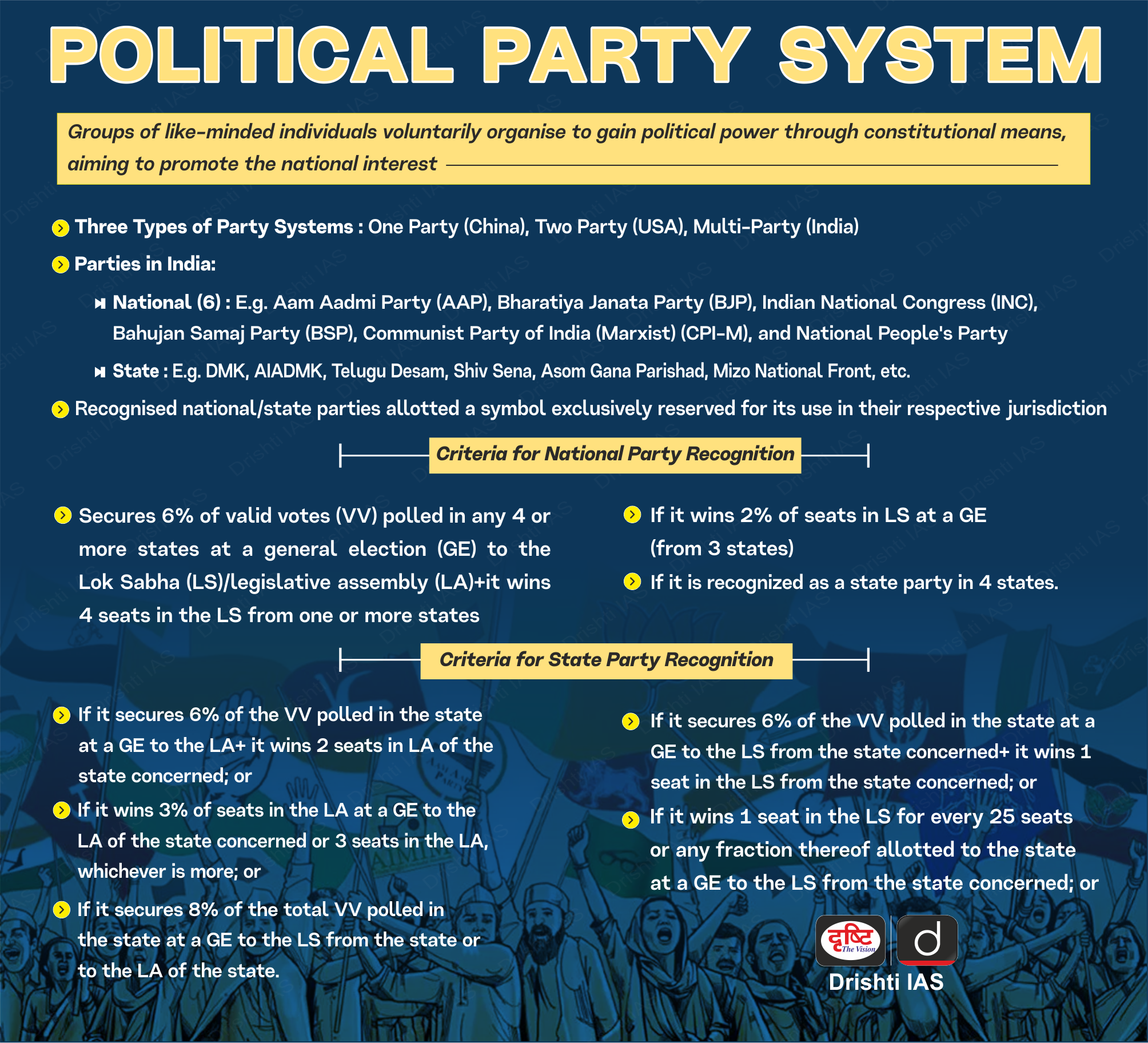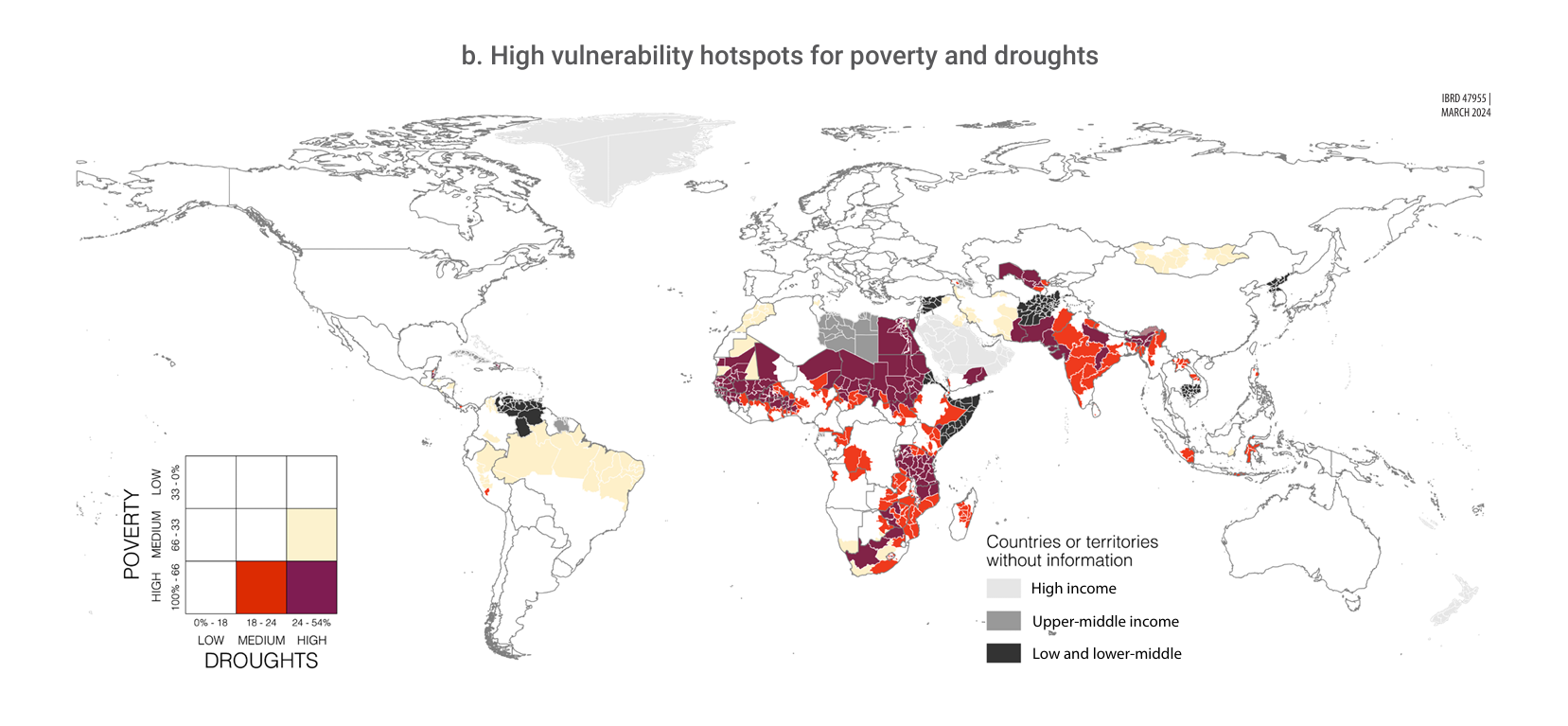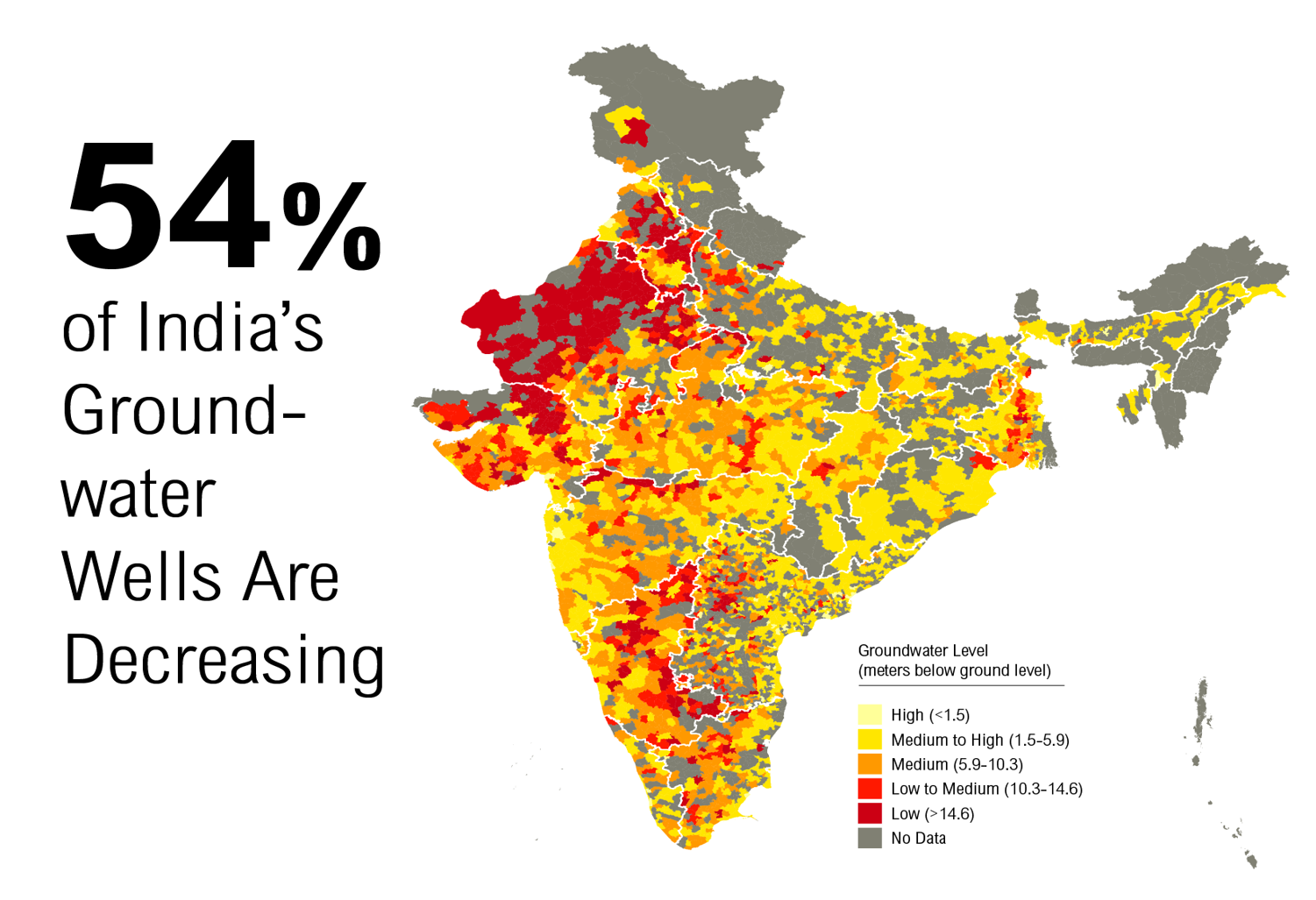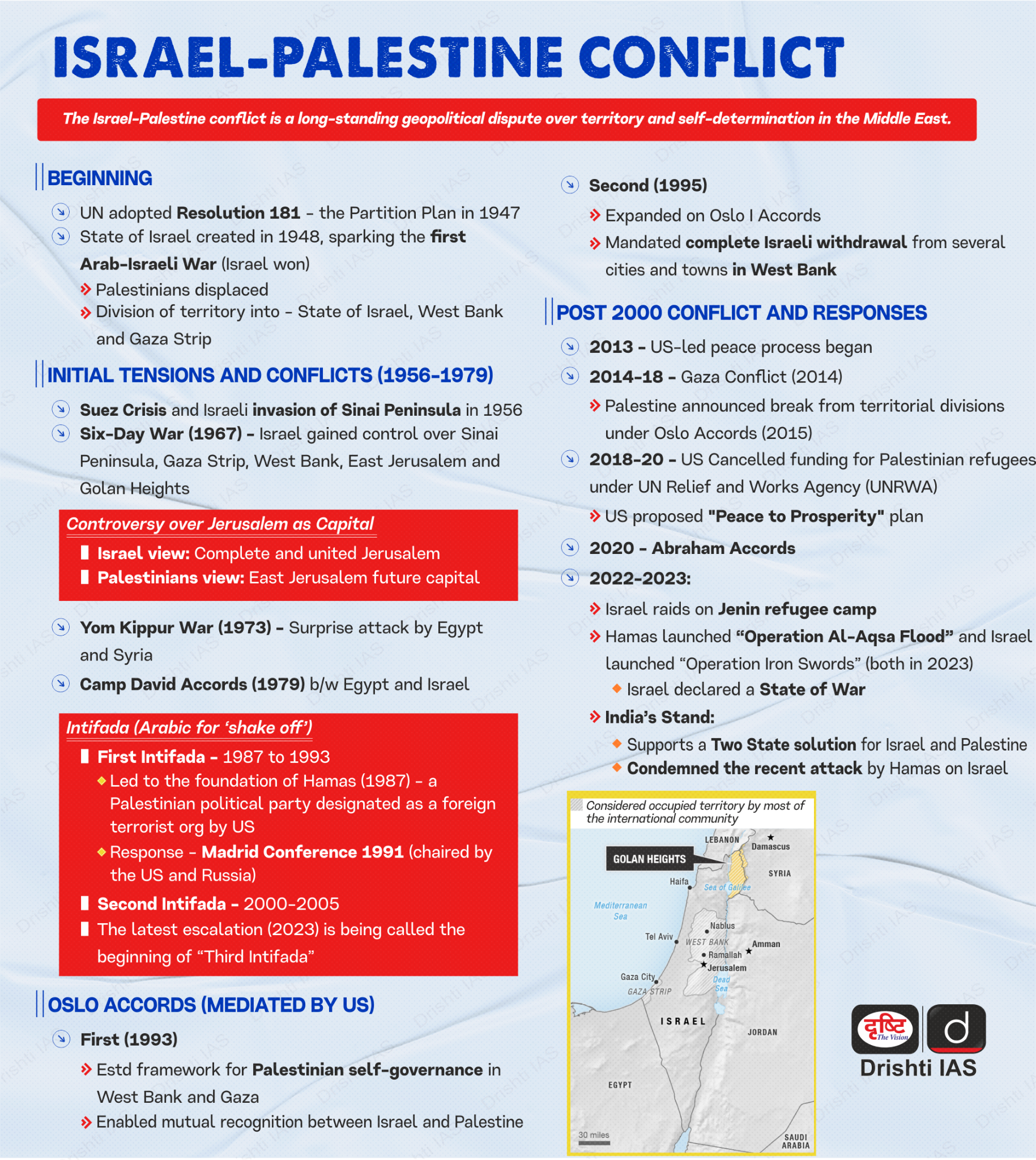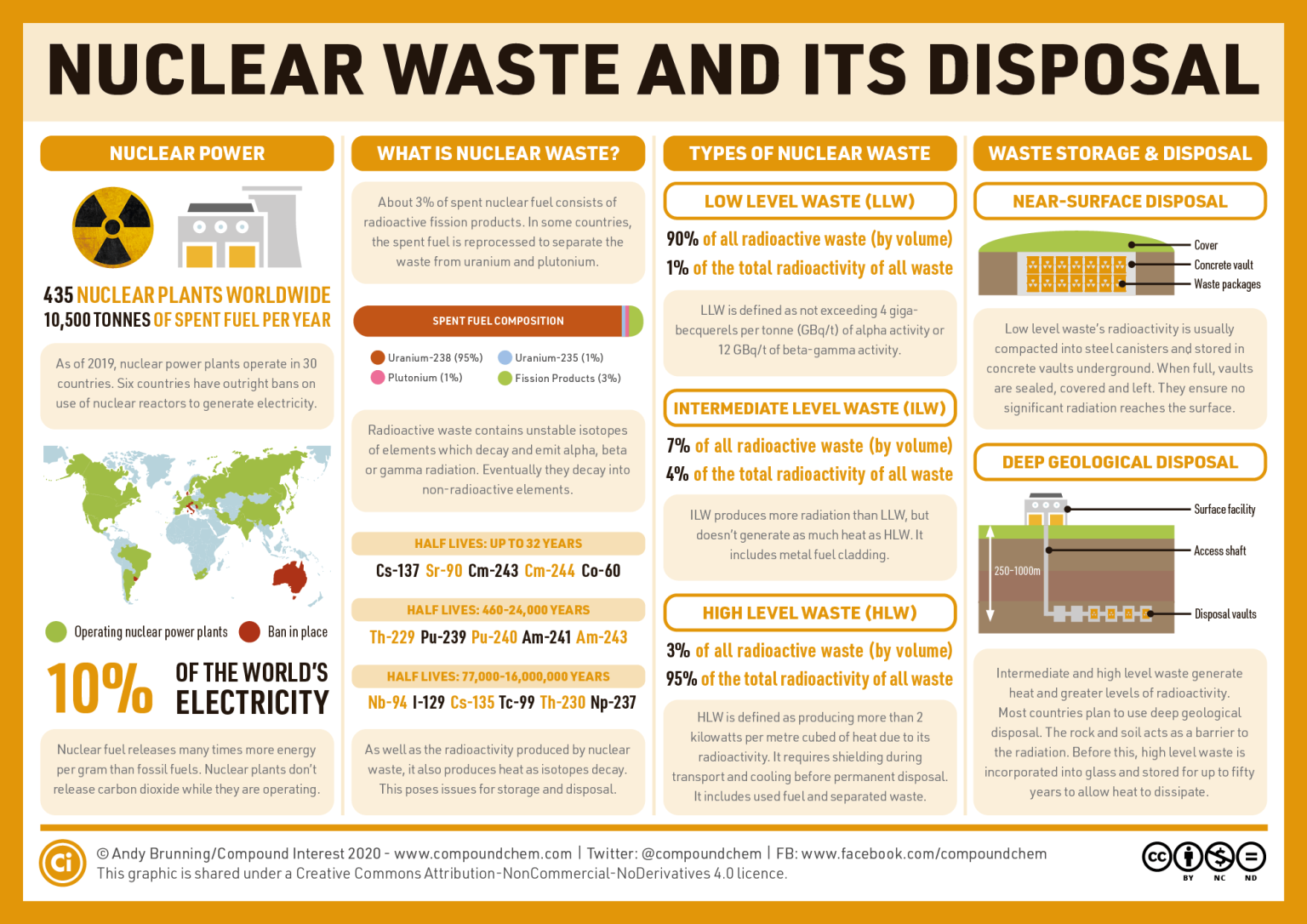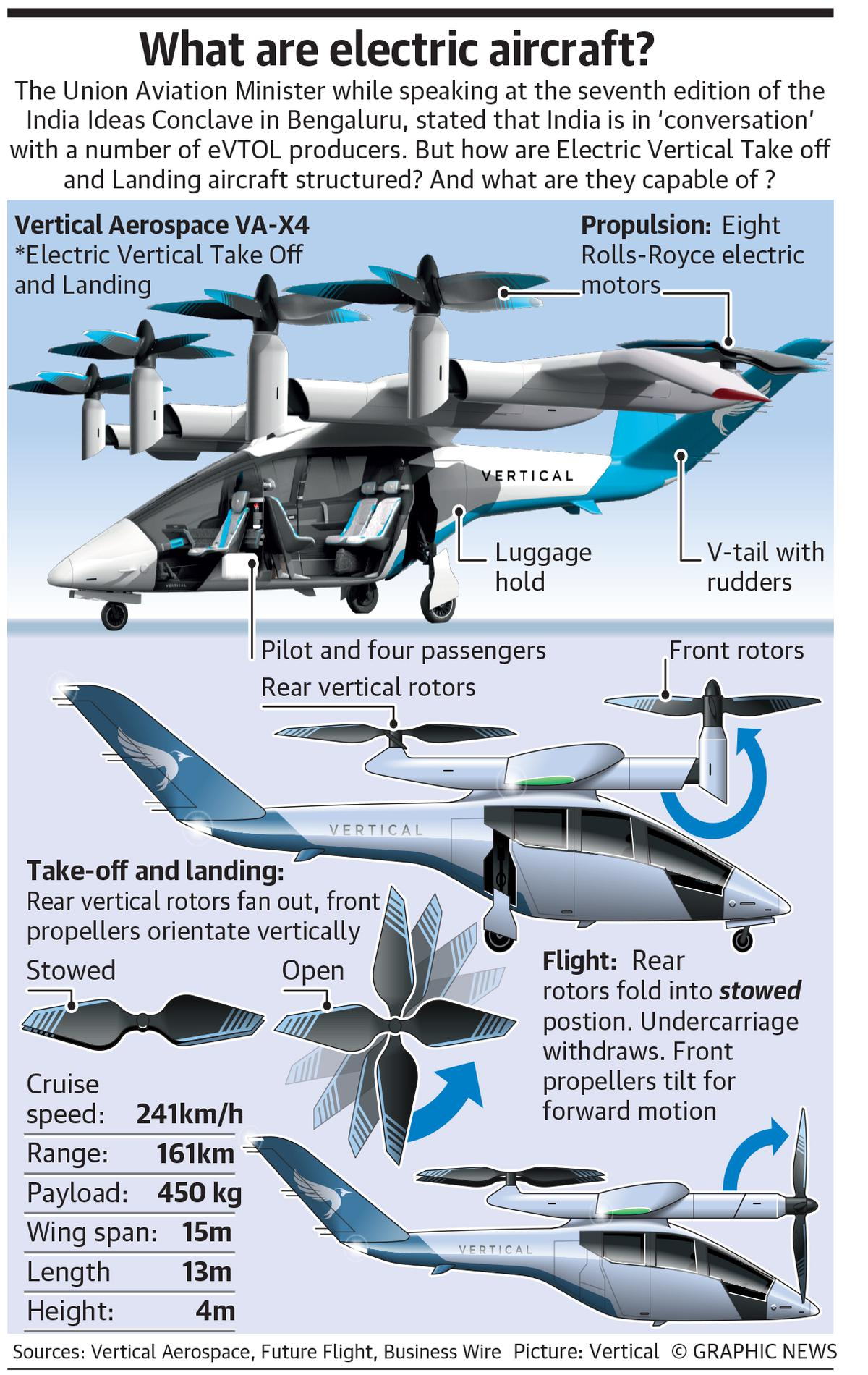Indian Polity
Power of ECI to Deregister Political Party
For Prelims: Election Commission of India (ECI), Model Code of Conduct (MCC), Star campaigners, Political parties, Indian Constitution, Representation of the People Act, 1951, National party, State party, Election Symbols (Reservation and Allotment) Order, 1968, Income Tax Act, 1961, Supreme Court
For Mains: Money laundering, MCC violations, Electoral reforms, Law Commission, Issues in De-registration of Political Party
Why in News?
Recently, the Election Commission of India (ECI) reported on the enforcement of the Model Code of Conduct (MCC), emphasising that star campaigners are expected to lead by example and not disrupt societal harmony.
- This statement has sparked a debate about the ECI's authority to address MCC violations including the ability to deregister parties.
What does the Derecognition of Political Parties Mean?
- About:
- Derecognition refers to the withdrawal of recognition of a political party by the ECI.
- Such parties are simply declared as registered-unrecognised parties.
- These parties are eligible to contest the election but loses the privileges of the recognised party.
- The ECI has the power to derecognise a political party if it violates the provisions of the Indian Constitution or the Representation of the People Act, 1951.
- Recognised Party:
- A registered party is referred to as a Registered Unrecognised Political Party (RUPP).
- Political parties are recognised as a ‘national’ or ‘State’ party under the provisions of The Election Symbols (Reservation and Allotment) Order, 1968 (Symbols Order) by the ECI.
- The criteria for recognition at the ‘national’ or ‘State’ level consists of winning a requisite number of seats and/or obtaining a required percentage of votes in a general election to Lok Sabha (LS) or State Assembly (SA).
- At present, there are six ‘national’ parties, and sixty-one ‘State’ parties that have been recognised.
- These recognised parties enjoy additional concessions of having a reserved symbol during elections and forty ‘star campaigners’.
- They are also allowed to freely use state-owned television and radio during polls since the 1998 Lok Sabha elections.
- Grounds for Derecognition of a Political Party as a National Party:
- If the party fails to secure at least 6% of the total votes polled in the general election to the LS or the legislative assembly of the state concerned, and if it fails to have at least 4 MPs elected in the last LS polls (also, it doesn't win 1 seat in the LS from the same state.); or
- If it has won at least 2% of the total seats in the LS from at least 3 states.
- If it fails to secure 8% of the total valid votes polled in the state at a General Election to the LS from the state or to the State LA.
- If the party fails to submit its audited accounts to the ECI on time.
- If the party fails to hold its organisational elections (Inner party election) on time.
Note
- Under Paragraph 16A of the Symbols order, 1968, the ECI has the power to suspend or withdraw recognition of a recognised political party for its failure to observe MCC or follow lawful directions of the Commission.
What does the Deregistration of the Political Party Mean?
- About:
- Deregistration refers to the cancellation of the registration of a political party.
- However, the ECI is not empowered to de-register parties.
- Once a political party is deregistered, it cannot contest elections.
- Deregistration refers to the cancellation of the registration of a political party.
- Registered Parties:
- Section 29A of the Representation of the People Act, 1951 (RP Act) lays down the requirements for registration of a political party with the ECI.
- Any political party that seeks registration should submit a copy of its constitution.
- Such document should declare that the party shall bear true faith and allegiance to the Constitution of India.
- It should also bear allegiance to the principles of socialism, secularism, and democracy, and uphold the sovereignty, unity and integrity of India.
- Registered political parties enjoy the following legal benefits:
- Tax exemption for donations received under Section 13A of the Income Tax Act, 1961.
- Common symbol for contesting general elections to the Lok Sabha/State Assemblies
- Twenty ‘star campaigners’ during the election campaign.
- As per the ECI, there are 2,790 active registered political parties in India.
- Grounds for Deregistration of a Political Party:
- A party can only be de-registered if:
- Its registration was obtained by fraud
- It is declared illegal by the Central Government
- A party revises its internal Constitution and refuses to comply with the Indian Constitution.
- A party can only be de-registered if:
- Power of ECI: The RP Act does not give the ECI the authority to deregister a political party for not contesting elections, holding inner-party elections, or submitting required returns.
- The Supreme Court in the Indian National Congress vs the Institute of Social Welfare, 2002, held that the ECI does not have the power to de-register any political party under the RP Act.
What is the Need of Deregistration of Political Parties?
- Less than one-third of Registered Unrecognized Political Parties (RUPPs) participate in elections.
- It raises concerns over the possible misuse of income tax exemption and donations collected being used for money laundering.
- Recognized political parties often breach the MCC, but the ECI can only bar leaders from campaigning for a brief period.
- The MCC prohibits exploiting caste and communal sentiments for votes, as well as voter bribery and intimidation.
- Deregistration mechanisms ensure electoral integrity and accountability by removing inactive entities, thus enhancing transparency and fairness.
- The proliferation of registered but inactive political parties undermines democracy by diluting the electoral process, lacking genuine participation.
Way Forward
- The ECI in its memorandum for electoral reforms (2016) has suggested an amendment to the law that would empower the ECI to deregister a party.
- The Law Commission in its 255th report (2015) on ‘Electoral reforms’ has also recommended amendments for de-registration of a political party if it fails to contest elections for 10 consecutive years.
- In 2016, the commission initiated an effort to identify registered, unrecognized political parties that hadn't fielded candidates from 2005 to 2015, aiming to discourage the formation of paper political parties solely for tax exemption benefits.
- Similar excercise can be carried out on regular basis to weed out the inactive parties.
- Former chief election commissioner T.S. Krishnamurthy proposed the National Electoral Fund as a potential alternative to state funding, allowing contributions from all donors and distributing funds to parties based on election results to discourage inactive political parties.
- The 170th Law Commission report recommended introduction of Section 78A in the RPA and proposed penalties for political parties defaulting in the maintenance of accounts.
- In continuance of the same and for greater transparency ECI must be given the power to audit the accounts of the political parties.
|
Drishti Mains Question: Q. Critically analyse the challenges faced by the Election Commission in regulating political parties' conduct during elections and suggest reforms to enhance its efficacy in maintaining electoral integrity. |
UPSC Civil Services Examination, Previous Year Question (PYQ)
Mains
Q. There is a need for simplification of procedure for disqualification of persons found guilty of corrupt practices under the Representation of Peoples Act”. Comment (2020)

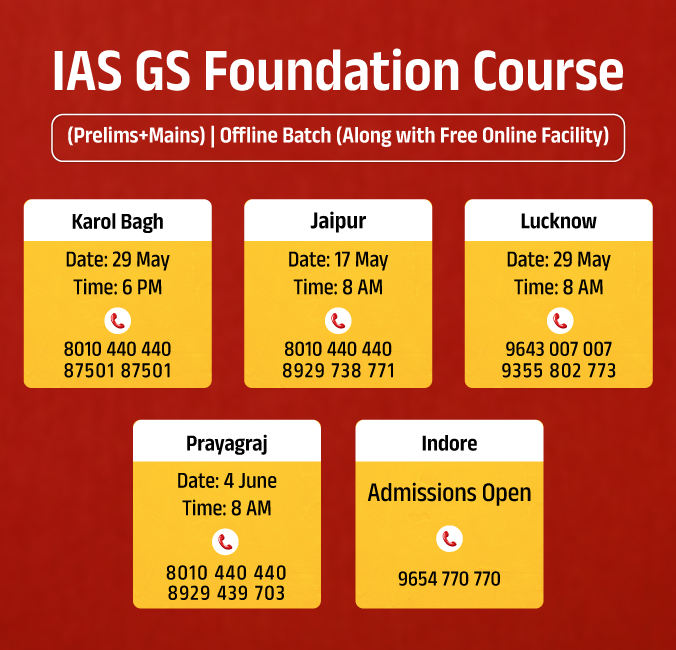
Internal Security
Naga Insurgency
For Prelims: National Investigation Agency (NIA), Naga Peace Process, Naga Hills, Armed Forces (Special Powers) Act (AFSPA), Shillong Accord of 1975, Bru Accord 2020, Bodo Peace Accord 2020, Karbi Anglong Agreement 2021, Mizo Peace Accord 1986, Citizenship (Amendment) Act 2019, National Register of Citizens (NRC)
For Mains: Naga Peace Process, Free Movement Regime (FMR)
Why in News?
Recently, the National Investigation Agency (NIA) filed a charge sheet in a Guwahati court, accusing the "China-Myanmar module" of the National Socialist Council of Nagaland-Isak Muivah (NSCN-IM) of supporting cadres of two banned Meitei outfits to infiltrate India.
- The NIA alleges that the NSCN-IM's actions were aimed at exploiting ethnic unrest in Manipur, destabilising the state, and waging war against the Indian government.
What is the Naga Insurgency and Related Issues?
- Nagas:
- The Nagas are an indigenous community residing in the northeastern part of India and the neighbouring areas of Myanmar.
- It is widely believed that they are Indo-Mongoloids who migrated to India around the 10th century BC.
- The Nagas are an indigenous community residing in the northeastern part of India and the neighbouring areas of Myanmar.
- History of Nagas:
- Nagas under British rule: The Nagas came under foreign rule for the first time when the British occupied their land in the 19th century.
- Nagas during World War II: During World War II, the Nagas assisted the British forces.
- The Naga National Council (NNC) was founded in 1946 and signed a Nine-Point Agreement with the Assam Governor, granting Nagas control over their territory.
- Naga independence was declared on 14th August 1947.
- In the 1950s, the NNC took up arms and resorted to violence over Naga’s sovereignty.
- The NNC formed the underground Naga Federal Government (NFG) and its military wing, the Naga Federal Army (NFA), in 1952.
- Following the Shillong Accord (1975) the NNC split into NSCN, which further split into NSCN (IM) and NSCN (Khaplang) in 1988.
- Naga’s Issue:
- Naga groups are primarily seeking Greater Nagalim, which involves redrawing boundaries to unite all Naga-inhabited areas in the Northeast under one administrative jurisdiction, ultimately aiming for sovereign statehood.
- It includes various parts of Arunachal Pradesh, Manipur, Assam and Myanmar as well.
- The demand also includes the separate Naga Yezabo (Constitution) and Naga national flag.
- Naga groups are primarily seeking Greater Nagalim, which involves redrawing boundaries to unite all Naga-inhabited areas in the Northeast under one administrative jurisdiction, ultimately aiming for sovereign statehood.
- Peace Initiatives:
- Shillong Accord (1975): A peace accord signed in Shillong saw the NNC leadership agree to disarm, but dissent among leaders led to a split in the organisation.
- Ceasefire Agreement (1997): The NSCN-IM signed a ceasefire agreement with the government to stop attacks on Indian armed forces. In return, the government would stop all counter-insurgency offensive operations.
- Framework Agreement with NSCN-IM (2015): In this agreement, the Government of India recognised the unique history, culture and position of the Nagas and their sentiments and aspirations.
What is the Status of Conflicts in Nagaland and Manipur?
- History of Conflict in Manipur:
- There are 16 districts in Manipur, but the state is commonly thought of as divided into ‘valley’ and ‘hill’ districts.
- The valley region is mostly dominated by the Meitei community.
- The Manipur valley is surrounded by low hills and is home to 15 Naga tribes and the Chin-Kuki-Mizo-Zomi group, which includes the Kuki, Thadou, Hmar, Paite, Vaiphei, and Zou peoples.
- The Kangleipak kingdom of Manipur, a British protectorate, was raided by Naga tribes from the northern hills. The British political agent brought Kuki-Zomi from the Kuki-Chin hills of Burma to protect the valley from plunder by acting as a buffer between the Meiteis and the Nagas.
- The Kukis, fierce headhunting warriors like the Nagas, were given land along the ridges to act as a shield for the Imphal valley below.
- There are 16 districts in Manipur, but the state is commonly thought of as divided into ‘valley’ and ‘hill’ districts.
- Kuki-Meitei Divide: The hill communities (Naga & Kuki) and the Meiteis (valley) have had ethnic tensions since the kingdom era. The Naga movement for independence in the 1950s triggered insurgencies among the Meiteis and Kuki-Zomi.
- The Kuki-Zomi groups militarised in the 1990s to demand a state within India called ‘Kukiland’(a state within India). This alienated them from the Meiteis, whom they had earlier defended.
- Whereas the meiteis are seeking to restore their tribal status, as recognized before Manipur's 1949 merger with India.
- The Kuki-Zomi groups militarised in the 1990s to demand a state within India called ‘Kukiland’(a state within India). This alienated them from the Meiteis, whom they had earlier defended.
- Reason For Recent Conflict:
- Issues in Delimitation Process: In 2020, during the first delimitation process in the state since 1973, the Meitei community claimed that the Census figures used were inaccurate, while tribal groups (Kuki and Nagas) argued they were underrepresented in the Assembly despite constituting 40% of the population.
- Intrusion of Migrants from Neighbour Area: The February 2021 coup in Myanmar has triggered a refugee crisis in India's Northeast, with Meitei leaders claiming a sudden increase of migrants in villages in Churachandpur district.
- Trigger For Violence: The initial violent protest arose from the eviction of a Kuki village, with 38 villages in the Churachandpur-Khoupum Protected Forest area termed as "illegal settlements," allegedly violating Article 371C.
- Convergence of Interest of Militants: The recent filing of charge sheet signifies the links between the NSCN-IM based in Nagaland and Imphal valley-based insurgent groups during the current ethnic crisis.
- One of the arrested individual is a trained cadre of the People’s Liberation Army (PLA), one of the eight Meitei insurgent groups that have been banned by the Ministry Of Home Affairs (MHA) for “advocating secession of Manipur from India through armed struggle.”
- The PLA was formed in 1978 and continues to be one of the most violent terror outfits in the northeast and is currently led by M.M. Ngouba.
Status of Conflict in Other North-Eastern States
- Mizoram: Before gaining statehood in 1987, Mizoram was a part of Assam and faced militancy due to the Union government's inadequate response to its request for aid during the "Mautam famine," with the Mizo National Front led by Laldenga demanding independence in 1966.
- Tripura: The influx of Hindus from British-ruled East Bengal led to the reduction of indigenous tribal people to a minority, sparking a violent backlash and the rise of militant groups demanding restoration of tribal rights.
- Assam: The call for deporting illegal migrants led to the emergence of militant groups like the United Liberation Front of Assam (ULFA) in 1979, alongside others such as the Bodo Liberation Tigers and National Democratic Front of Bodoland (NDFB).
- Meghalaya: The creation of Meghalaya from Assam aimed to meet the distinct requirements of major tribes, including the Garos, Jaintias, and Khasis, but also sparked insurgent movements such as the GNLA and HNLC due to tribal autonomy aspirations.
- Arunachal Pradesh: Throughout history, Arunachal Pradesh has generally remained peaceful, but proximity to the Myanmar and Nagaland borders has led to a recent increase in insurgency, with the Arunachal Dragon Force (ADF), later renamed the East India Liberation Front (EALF) in 2001, being the only indigenous insurgency movement in the region.
Way Forward
- Need to assess the criteria for ST status (for Meities) in accordance with recommendations from various Committees such as the Lokur Committee (1965) and the Bhuria Commission (2002-2004).
- Increase surveillance along the border regions to deter the infiltration of migrants from Myanmar.
- Improving economic and diplomatic relationships with neighbouring nations can contribute to bolstering regional stability and security.
- Preserve the identity of border region communities and negotiate peace agreements with insurgent groups to ensure stability.
- Regularly reviewing AFSPA is essential, along with implementing confidence-building measures.
- The government ought to encourage the involvement of the local population in decision-making in order to cultivate a feeling of ownership and connection.
|
Drishti Mains Question: Q. Discuss the internal security challenges prevalent in the North Eastern region of India. Evaluate the effectiveness of government measures in addressing these challenges. |
UPSC Civil Services Examination, Previous Year Question (PYQ)
Mains
Q. How far are India’s internal security challenges linked with border management particularly in view of the long porous borders with most countries of South Asia and Myanmar? (2013)
Q. How does illegal transborder migration pose a threat to India’s security? Discuss the strategies to curb this, bringing out the factors which give impetus to such migration. (2014)


Social Issues
World Bank Report on Global Water Crisis
For Prelims: World Water Forum, Swachh Bharat Mission, Jal Jeevan Mission, Jal Kranti Abhiyan, World Bank, Atal Bhujal Yojana
For Mains: Issues of Global Water Scarcity, Steps Taken to Address the Challenges.
Why in News?
The World Bank's new report "Water for Shared Prosperity," released at the 10th World Water Forum in Bali, Indonesia, highlights the alarming global water crisis and its implications for human and economic development worldwide.
What are the Key Highlights of the Report?
- Alarming Water Scarcity Statistics:
- Significant gaps exist in access to water and sanitation services globally. As of 2022, 2.2 billion people lack access to safely managed drinking water services and 3.5 billion lack access to safely managed sanitation.
- Eight out of ten people without basic drinking water and sanitation services reside in rural areas.
- Significant gaps exist in access to water and sanitation services globally. As of 2022, 2.2 billion people lack access to safely managed drinking water services and 3.5 billion lack access to safely managed sanitation.
- Regional Disparities in Access to Water:
- Disparity in Freshwater Distribution: China and India, with 36% of the global population, hold only 11% of freshwater, while North America, with 5% of the population, possesses 52%.
- Africa and Asia: The Democratic Republic of the Congo holds over half of Africa’s water resources, yet regions like the Sahel, Southeastern Africa, and South and Central Asia remain water-stressed.
- Low-Income Countries: These regions have seen a regression in access to safe drinking water, with an additional 197 million people lacking access since 2000.
- Marginalised Groups: Disparities in access also affect marginalized groups based on gender, location, ethnicity, race, and other social identities.
- Impact of Climate Change:
- Climate change intensifies water-related risks, with developing countries facing more severe and prolonged droughts and floods.
- Over 800 million people are at high risk of drought, and twice as many live in flood-prone areas.
- By 2100, meteorological drought is projected to impact 15% more of the global land area, increasing to nearly 50% when considering temperature effects.
- Central Europe, Asia, the Horn of Africa, India, North America, Amazonia, and central Australia will be the most affected.
- Poor populations are more exposed to water-related risks and have limited capacity to adapt, perpetuating a cycle of poverty.
- Climate change intensifies water-related risks, with developing countries facing more severe and prolonged droughts and floods.
- Human Capital and Economic Growth:
- Access to water and sanitation services is crucial for educational attainment and overall human capital development.
- In low-income countries, 56% of jobs are in water-intensive sectors, which are highly sensitive to water availability.
- In Sub-Saharan Africa, 62% of employment is in water-dependent jobs, with low rainfall significantly impacting GDP growth.
- Access to water and sanitation services is crucial for educational attainment and overall human capital development.
- Social Cohesion and Conflict:
- Effective and equitable water management fosters community trust and cooperation, whereas mismanagement can exacerbate conflicts.
- Proper water resource management contributes to peace and social cohesion by promoting inclusivity and reducing tensions.
- Recommended Interventions for Sustainable Water Management:
- Strengthening resilience to hydro-climatic risks for the poorest populations is crucial.
- Better development, management, and allocation of water resources are necessary.
- Promoting equitable and inclusive delivery of water services is essential for reducing poverty and increasing shared prosperity.
- Strengthening resilience to hydro-climatic risks for the poorest populations is crucial.
World Water Forum 2024
- The 2024 World Water Forum (10th WWF) is under the theme of Water for Shared Prosperity and is jointly organised by the Government of the Republic of Indonesia and the World Water Council.
- The World Water Council, established in 1996 and located in Marseille, is an international organisation with 260 member organisations from 52 countries including India.
- Its mission is to gather the international community to advocate for water as a political priority for sustainable and equitable development of the planet.
- The World Water Council, established in 1996 and located in Marseille, is an international organisation with 260 member organisations from 52 countries including India.
- The Forum is the world's largest event organised, since 1997, every three years with a different host country.
- The Forum provides a unique platform for the water community and key decision-makers to collaborate and make long-term progress commitments on global water challenges to provide clean and fair water for all.
What is the Extent of Water Scarcity in India?
- India’s Water Crisis: According to the "Composite Water Management Index" report by NITI Aayog (National Institution for Transforming India), India is facing its worst water crisis with nearly 600 million people experiencing high to extreme water stress.
- Additionally, 8 million children below the age of 14 in urban India are at risk due to poor water supply.
- The report also states that India ranks 120th out of 122 countries in the water quality index, with almost 70% of water being contaminated.
- Disproportionate Water Resources: India has only 4% of the world's freshwater resources, despite housing a staggering 18% of the global population. This imbalance creates immense strain on available water.
- Strained Water Availability:
- Declining Groundwater Levels: The 5th Minor Irrigation Census conducted by the Ministry of Jal Shakti shows that there are 20.52 million wells in the country, including dug wells, shallow tube wells, medium tube wells, and deep tube wells.
- India relies heavily on groundwater, but extraction rates exceed replenishment. This leads to rapidly declining water tables, raising concerns about future availability.
- A 2019 Central Ground Water Board report indicates critical or over-exploited groundwater levels in many areas.
- Drying Rivers and Reservoirs: Seasonal changes and unsustainable water usage cause rivers and reservoirs to dry up, particularly before the monsoon arrives.
- This disrupts water flow and access, especially in the summer months.
- Declining Groundwater Levels: The 5th Minor Irrigation Census conducted by the Ministry of Jal Shakti shows that there are 20.52 million wells in the country, including dug wells, shallow tube wells, medium tube wells, and deep tube wells.
- Threat to Agriculture and Food Security:
- High Water Consumption: Agriculture accounts for a significant portion of India's water usage. The current water scarcity threatens food security and agricultural productivity.
- Expected Demand-Supply Gap: A potential demand-supply gap of up to 570 billion cubic metres by 2030 in the agricultural sector alone. This gap could lead to food shortages and price hikes.
- A 2019 World Bank report estimates that water scarcity in India could lead to a 50% decline in agricultural productivity by 2050
- Economic Consequences: A report by NITI Aayog suggests that water scarcity could cost India up to 6% of its GDP by 2050 if left unaddressed.
- Impact of Climate Change on Water Scarcity:
- Monsoon Rainfall: India's lifeline, the monsoon season, is becoming increasingly erratic. Studies by the Indian Institute of Tropical Meteorology (IITM) show a decline in average monsoon rainfall by 10% since the 1950s.
- Evaporation Rates: Rising global temperatures due to climate change lead to higher evaporation rates.
- A study published in Nature found that the volume of water loss (evaporation volume) of India’s natural lakes and reservoirs (artificial lakes) increased at a rate of 5.9% per decade during 1985-2018.
- Increased evaporation further reduces surface water availability, drying up rivers, and lakes, and depleting soil moisture, crucial for agriculture.
- Glacier Melt: The Himalayas, a source of major rivers like the Ganges and Indus, are experiencing rapid glacial melt. While initial melt may seem beneficial, it disrupts natural water flow patterns.
- Water Crisis in Southern India: The southern states of India, including Karnataka, Tamil Nadu, Andhra Pradesh, and Telangana, observed a severe water crisis due to very low water levels in major reservoirs.
- Most major reservoirs in these states are filled to only 25% of their capacity or even less, with some notable dams filled to 5% or less.
- This is primarily due to lower rainfall caused by El Niño events, leading to drought-like conditions and prolonged dry periods.
- Additionally, delayed monsoon and post-monsoon deficiency have also contributed to the depletion of water levels.
What are India’s Initiatives Related to Water Conservation?
- Atal Mission for Rejuvenation and Urban Transformation (AMRUT).
- Sahi Fasal campaign.
- Swachh Bharat Mission.
- Jal Jeevan Mission.
- Jal Kranti Abhiyan.
- National Water Mission.
- National Rural Drinking Water Programme.
- NITI Aayog Composite Water Management Index.
- Jal Shakti Abhiyan.
- Atal Bhujal Yojana..
- National Water Policy, 2012.
- Pradhan Mantri Krishi Sinchayee Yojana.
- Atal Bhujal Yojana.
- Per Drop More Crop.
Way Forward
- Micro-Irrigation Techniques: Drip irrigation and sprinklers can significantly reduce water usage in agriculture, a major water consumer.
- Rainwater Harvesting: Storing rainwater in tanks and other structures can provide a sustainable water source for homes and communities.
- Desalination: Treating seawater for use can provide a reliable water source in coastal areas, though energy consumption needs to be addressed.
- Treating wastewater for irrigation or other non-potable uses reduces pressure on freshwater sources.
- Nature-Based Solutions: Invest in restoring wetlands and natural water bodies. Healthy ecosystems naturally purify water and replenish groundwater reserves.
- Water ATMs: Develop "Water ATMs" - vending machines providing treated water via prepaid cards to offer clean water in underserved areas and encourage responsible water usage through a pay-per-use system.
- Climate-Smart Agriculture: Adopting agricultural practices that are more resilient to climate change, such as drought-resistant crops, can help mitigate the impact of water scarcity.
- Public Awareness Campaigns: Educating people about water conservation and promoting responsible water use behaviours are crucial for long-term solutions.
|
Drishti Mains Question: Q. Analyse the regional disparities in access to water resources and the impact of climate change on water-related risks, especially in developing countries. Suggest measures to address these challenges. |
UPSC Civil Services Examination, Previous Year Question (PYQ)
Prelims
Q. With reference to ‘Water Credit’, consider the following statements: (2021)
- It puts microfinance tools to work in the water and sanitation sector.
- It is a global initiative launched under the aegis of the World Health Organisation and the World Bank.
- It aims to enable the poor people to meet their water needs without depending on subsidies.
Which of the statements given above are correct?
(a) 1 and 2 only
(b) 2 and 3 only
(c) 1 and 3 only
(d) 1, 2 and 3
Ans: (c)
Mains
Q. Suggest measures to improve water storage and irrigation system to make its judicious use under the depleting scenario. (2020)


International Relations
Arrest Warrants Against Israel and Hamas Leaders
For Prelims: International Criminal Court (ICC), Israel and Hamas, ‘The Rome Statute’, United Nations Security Council (UNSC), International Court of Justice, Geneva Conventions (1949)
For Mains: About International Criminal Court, War Crimes and Related Conventions
Why in News?
Recently, the International Criminal Court (ICC) prosecutor has requested arrest warrants against leaders of Hamas and the Prime Minister and Defence Minister of Israel for the war crimes in Palestine.
Note:
- Israel is not a member of the ICC, so even if the arrest warrants are issued, the concerned leaders do not face any immediate risk of prosecution. However, if the threat of arrest further deepens Israel’s isolation will make it difficult for the Israeli leaders to travel abroad.
- The ICC accepted “The State of Palestine” as a member in 2015.
What is the International Criminal Court?
- About ICC:
- It is the world’s first permanent international criminal court governed by an international treaty called ‘The Rome Statute’.
- In 1998, the Rome Statute was adopted by 120 States in the direction of creating a more just world.
- In 2002, Rome Statute took effect upon ratification by 60 states, officially establishing the ICC. Since it has no retroactive jurisdiction, the ICC deals with crimes committed on or after this date.
- India is not a party to the Rome Statute along with the US and China.
- 124 countries are States Parties to the Rome Statute of the International Criminal Court with Malaysia being the last one.
- It is the world’s first permanent international criminal court governed by an international treaty called ‘The Rome Statute’.
- Jurisdiction and Working:
- It investigates and, wherever warranted, tries individuals charged with the gravest crimes of concern to the international community: genocide, war crimes, crimes against humanity and crimes of aggression. Also:
- The crimes are committed by a State Party national, in the territory of a State party, or in a State that has accepted the jurisdiction of the court.
- The crimes are referred to the International Criminal Court Prosecutor by the United Nations Security Council (UNSC) pursuant to a resolution adopted under Chapter VII of the UN Charter.
- The ICC is intended to complement, not to replace, national criminal systems.
- It prosecutes cases only when States are unwilling or unable to do so genuinely.
- ICC is not a UN organisation but it has a cooperation agreement with the UN.
- When a situation is not within the Court’s jurisdiction, the UNSC can refer the situation to the International Criminal Court granting it jurisdiction.
- Several countries like Israel, the US, Russia and China. don’t accept the court’s jurisdiction over war crimes, genocide and other crimes.
- It investigates and, wherever warranted, tries individuals charged with the gravest crimes of concern to the international community: genocide, war crimes, crimes against humanity and crimes of aggression. Also:
- Difference between ICC and ICJ:
What is a War Crime?
- About:
- War crimes are defined as serious violations of humanitarian laws during a conflict; the taking of hostages, willful killings, torture or inhuman treatment of prisoners of war, and forcing children to fight are some of the more obvious examples.
- It is based on the idea that individuals can be held liable for the actions of a state or its military.
- War crimes are defined as serious violations of humanitarian laws during a conflict; the taking of hostages, willful killings, torture or inhuman treatment of prisoners of war, and forcing children to fight are some of the more obvious examples.
- War Crime vs Crime Against Humanity:
- The United Nations Office on Genocide Prevention and the Responsibility to Protect (or Genocide Convention) separates war crimes from genocide and crimes against humanity.
- War crimes are defined as occurring in a domestic conflict or a war between two states.
- While genocide and crimes against humanity can happen in peacetime or during the unilateral aggression of a military towards a group of unarmed people.
- The United Nations Office on Genocide Prevention and the Responsibility to Protect (or Genocide Convention) separates war crimes from genocide and crimes against humanity.
- Geneva Conventions on War Crime:
- The Geneva Conventions (1949) and their Additional Protocols are international treaties that contain the most important rules limiting the barbarity of war.
- They protect people who do not take part in the fighting (civilians, medics, aid workers) and those who can no longer fight (wounded, sick and shipwrecked troops, prisoners of war).
- The first Geneva Convention protects wounded and sick soldiers on land during war.
- The second Geneva Convention protects wounded, sick and shipwrecked military personnel at sea during war.
- The third Geneva Convention applies to prisoners of war.
- The fourth Geneva Convention affords protection to civilians, including in occupied territory.
- India is a party to all the four Geneva Conventions.
UPSC Civil Services Examination Previous Year Questions (PYQs)
Prelims
Q 1. Which one of the following countries of South-West Asia does not open out to the Mediterranean Sea? (2015)
(a) Syria
(b) Jordan
(c) Lebanon
(d) Israel
Ans: (b)
Mains
Q1. ‘Too little cash, too much politics, leaves UNESCO fighting for life.’ Discuss the statement in the light of the US’ withdrawal and its accusation of the cultural body as being ‘anti-Israel bias’. (2019)
Q2. “India’s relations with Israel have, of late, acquired a depth and diversity, which cannot be rolled back.” Discuss. (2018)

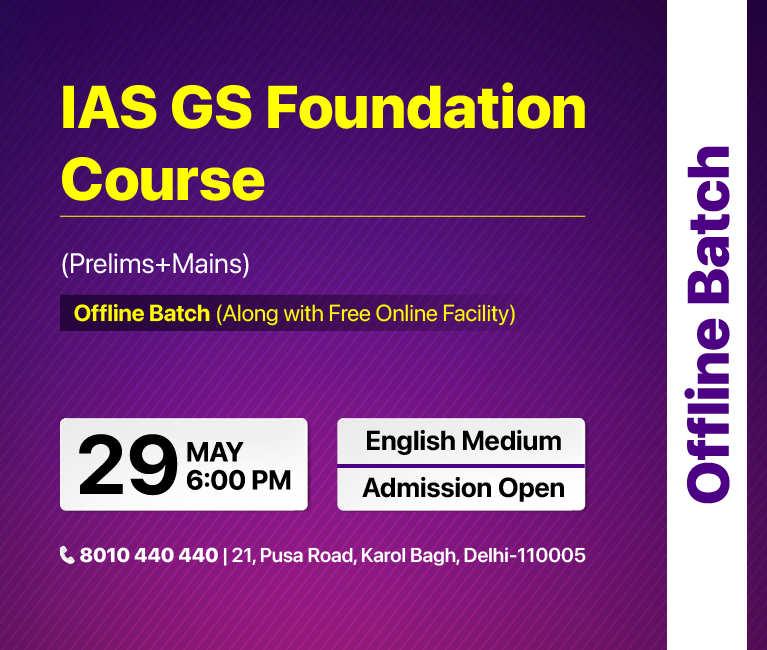
Important Facts For Prelims
Election Rules for State-Owned Media
Why in News?
Recently, two opposition leaders accused state-owned media of censoring their speeches during the ongoing Lok Sabha elections.
- However, according to a Prasar Bharati official, the televisions and radio networks were simply following rules set by the Election Commission of India (ECI) regarding the use of state media by recognised parties during elections.
What are the Rules for Political Parties Using State-Owned Media?
- Allocation of Time on State Media:
- Recognised political parties have been allowed to freely use state-owned television and radio during polls since the 1998 Lok Sabha elections.
- The ECI decides the time allocation for each recognised national and state party before the start of the election campaign.
- National parties collectively receive a minimum of 10 hours on Doordarshan's national channel and 15 hours on regional channels. They also get 10 hours on AIR's national hook-up and 15 hours on regional AIR stations.
- State parties get a minimum of 30 hours on regional Doordarshan channels and AIR radio stations.
- Guidelines on Speech Content:
- Parties and speakers must submit speech transcripts 3-4 days in advance for approval by respective All India Radio (AIR) and Doordarshan (DD) authorities.
- ECI Guidelines Prohibit:
- Criticism of other countries;
- Attack on religions or communities;
- Obscene or defamatory content;
- Incitement of violence;
- Contempt of court;
- Aspersions against the President and judiciary;
- Anything affecting national unity and integrity;
- Criticism of individuals by name.
Note
- The ECI allocated broadcast and telecast time to six national parties and 59 state parties for the 2024 elections. National parties received 4.5 hours on Doordarshan and AIR, with the remaining 5.5 hours based on their vote share in the 2019 Lok Sabha elections.
Prasar Bharati
- It is a statutory autonomous body established under the Prasar Bharati Act in 1997. It is the Public Service Broadcaster of the country.
- It comprises two main wings:
- All India Radio (AIR): The national radio broadcaster with a vast network of stations across the country.
- Doordarshan (DD): The national television broadcaster offering a mix of national, regional, and local programming.
- AIR and DD were earlier media units of the Ministry of Information and Broadcasting.
UPSC Civil Services Examination, Previous Year Questions (PYQs)
Prelims
Q. Consider the following statements: (2017)
- The Election Commission of India is a five-member body.
- The Union Ministry of Home Affairs decides the election schedule for the conduct of both general elections and bye-elections.
- Election Commission resolves the disputes relating to splits/mergers of recognised political parties.
Which of the statements given above is/are correct?
(a) 1 and 2 only
(b) 2 only
(c) 2 and 3 only
(d) 3 only
Ans: (d)


Important Facts For Prelims
International Atomic Energy Agency (IAEA)
Why in News?
Recently, the International Atomic Energy Agency urged increased caution against the trafficking of nuclear and radioactive materials, citing over 4,200 incidents in the past three decades as it began its fourth International Conference on Nuclear Security (ICONS) on nuclear security.
What is the International Atomic Energy Agency (IAEA)?
- IAEA is an intergovernmental organisation that seeks to promote the peaceful use of nuclear energy and to inhibit its use for any military purpose, including nuclear weapons.
- It was established in 1957 as the world’s “Atoms for Peace” organisation within the UN, and governed by its own founding treaty - the Statute of the IAEA.
- It reports to both the UNGA and the UNSC and is headquartered at the UN Office at Vienna, Austria
- In 2005, it was awarded the Nobel Peace Prize for its work for a safe and peaceful world.
- The IAEA has 178 member states, India being one of the founding members of it.
- International Conference on Nuclear Security (ICONS):
- The IAEA’s International Conference on Nuclear Security (ICONS) is a significant event for the nuclear security community around the world.
- ICONS 2024 was held at the IAEA Headquarters in Vienna, Austria where the following concerns regarding nuclear waste were highlighted:
- Currently, 145 states report incidents involving lost, stolen, improperly disposed of, or neglected nuclear or radioactive materials to the IAEA.
- Many radioactive substances are utilised in medical facilities, educational institutions, and industries worldwide.
- The main concern is extremists using radioactive materials in a “dirty bomb” which, while less deadly than an atomic bomb, could cause mass panic in urban areas.
Initiatives Related to Safe Radioactive Discharge
- International:
- Convention on Early Notification of a Nuclear Accident: The 1986 treaty by the International Atomic Energy Agency (IAEA) mandates countries to promptly notify any nuclear accidents that could impact other nations.
- Convention on Nuclear Safety (CNS), 1994: The CNS mandates states to establish and maintain a regulatory framework for nuclear safety, ensuring the safety of nuclear power plants and protecting against ionising radiation's harmful effects.
- Joint Convention on the Safety of Spent Fuel Management and on the Safety of Radioactive Waste Management, 2001: It is the first IAEA global agreement on radioactive waste management, focusing on the safety of spent fuel and waste, accident prevention, and reducing radiological risks.
- India’s Initiatives:
- Atomic Energy Regulatory Board (AERB): AERB regulates nuclear and radiation safety, setting and enforcing standards to ensure safe operation of nuclear facilities and manage radioactive discharge in India.
- Environmental Impact Assessment (EIA): Before approval, nuclear projects, such as power plants, undergo thorough environmental impact assessments that assess potential impacts on the environment and health, including radioactive discharges.
- Effluent Treatment and Dilution: Nuclear facilities utilise effluent treatment systems to manage liquid radioactive waste, employing dilution and dispersion methods to reduce the concentration of radioactive substances in discharges.
UPSC Civil Services Examination, Previous Year Questions (PYQs)
Prelims:
Q. In India, why are some nuclear reactors kept under “IAEA safeguards” while others are not? (2020)
(a) Some use uranium and others use thorium
(b) Some use imported uranium and others use domestic supplies
(c) Some are operated by foreign enterprises and others are operated by domestic enterprises
(d) Some are State-owned and others are privately owned
Ans: (b)
Q. In the Indian context, what is the implication of ratifying the ‘Additional Protocol’ with the ‘International Atomic Energy Agency (IAEA)’? (2018)
(a) The civilian nuclear reactors come under IAEA safeguards.
(b) The military nuclear installations come under the inspection of IAEA.
(c) The country will have the privilege to buy uranium from the Nuclear Suppliers Group (NSG).
(d) The country automatically becomes a member of the NSG.
Ans: (a)


Rapid Fire
IMD Colour-Coded Warnings
Colour-coded alerts have been issued by the India Meteorological Department (IMD) for several districts in Kerala due to potential isolated heavy to very heavy rainfall in the state.
- The IMD issues color-coded weather warnings to alert people about severe or hazardous weather that could cause damage, disruption, or danger to life.
- It uses 4 color-coded warnings as: Green, Yellow, Orange/Amber and Red depending upon the severity of weather phenomena.
- IMD was established in 1875 as an agency of the Ministry of Earth Sciences of the Government of India.
- It is responsible for meteorological observations, weather forecasting, and seismology.
- It is headquartered in New Delhi.
- IMD is also one of the six Regional Specialized Meteorological Centres of the World Meteorological Organization.
Read More: Weather Monitoring by IMD


Rapid Fire
National Council for Cement and Building Materials-Incubation Centre
Recently, the National Council for Cement and Building Materials-Incubation Centre (NCB-IC) was inaugurated by the Joint Secretary, DPIIT, Ministry of Commerce and Industry.
- At NCB-IC, the incubated startups/entrepreneurs will be mentored by the scientists of NCB and experts from the cement and building materials industry for further improvisation and development of market-ready products for commercialisation.
- The number of DPIIT-recognised startups has increased to 1,36,584.
National Council for Cement and Building Materials (NCB):
- It is an apex research and development organisation under the administrative control of DPIIT.
- NCB is dedicated to research, technology development & transfer, education & industrial services for cement, allied building materials & construction industries.


Rapid Fire
Cancer Drugs Tislelizumab and Zanubrutinib
India is set to get access to two new cancer drugs named Tislelizumab and Zanubrutinib.
- Tislelizumab, a new immunotherapy drug, is showing effectiveness in treating advanced oesophagal squamous cell carcinoma (Cancer that forms in the thin, flat cells lining the inside of the oesophagus).
- Zanubrutinib is a type of medication that inhibits a protein called Bruton's tyrosine kinase (BTK), which is important for the growth and survival of certain cancerous blood cells.
- It has been approved for the treatment of specific types of blood cancers.
- Cancer refers to a group of diseases characterised by the uncontrolled proliferation and spread of abnormal cells in the body, which can infiltrate and harm healthy tissues and organs.
- In 2019, India had 1.2 million new cancer cases and 930,000 deaths, making it the second-highest contributor to the disease burden in Asia for that year.
- The cancer cases in the country are projected to increase from 14.6 lakh in 2022 to 15.7 lakh in 2025, as per the Indian Council of Medical Research.


Rapid Fire
Electric Vertical Take-off and Landing Aircraft
The emergence of electric vertical takeoff and landing (eVTOL) aircraft has captured the attention of innovators, urban planners, and commuters.
- eVTOL aircraft are a subset of VTOL aircraft that use electric power to hover, take off, and land vertically. Unlike traditional aircraft, eVTOL aircrafts do not require runways, making them ideal for urban environments where space is limited.
- eVTOL technology provides solutions for daily commuting, cargo delivery, and emergency services, with reduced maintenance and operating expenses. It has the potential to be used for premium and emergency services in crowded urban areas.
- It can eliminate the need for elaborate infrastructure like helipads, and can operate at speeds of up to 200 km/h.
- Indian Innovations: Indian Institute of Technology, Madras-incubated ePlane Company plans to launch e-flying taxis in Bengaluru, awaiting Directorate General of Civil Aviation (DGCA) approval.
- While global advancements in eVTOL are promising, India lacks clear policies. Route planning, collaboration, and air traffic control are essential for effective integration.



